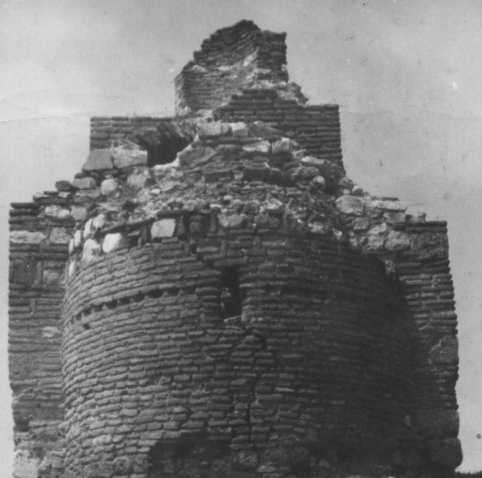
The image of Niš as a religious center is supplemented by the Church of St. Panteleimon, which most probably belongs to the same period. A three-aisled Byzantine basilica built over an early Christian basilica might have been the very temple rather reconstructed than built anew by Stephan Nemanja. The Monastery of St. Panteleimon was demolished in 1386, when the Turkish power conquered Niš.

The Latin Church in Gornji Matejevac, prior to conservative works
A great number of churches near Niš bear significant witness to the Byzantine building activities. The Latin Church in Gornji Matejevac is one among the rare completely preserved temples. It is a single-nave building in the shape of a concise extended inscribed cross with a cupola. It was built in alternating layers of stone and brickwork, and its polychrome facade surfaces were decorated by ceramic sculptural ornaments in the Byzantine style. Equally important is the nearby archaic trefoil shape, over which the Monastery Church of St. John was built subsequently. This rare form of a simple threefold leaf represents a significant confirmation of the existence of trefoil-shaped churches all over the mid provinces of the Balkans.

Monastery of St. John above Gornji Matejevac, the base
By their architectural details and the building material used, the ruined churches in the vicinity of Niš, like the three-aisled basilica in the village of Ćurlina, the one-nave Church of St. John in the village of Orljane and the basilica with a crypt near Ostrovica, also point out the Byzantine style of building, surely older than the 12th century.
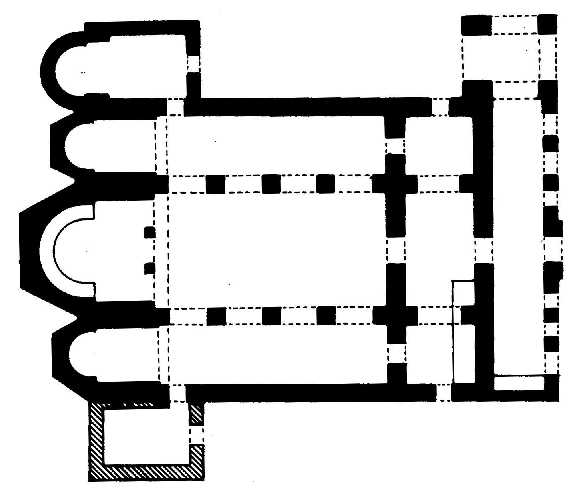
The Byzantine basilica in Ćurlina, the base (according to F. Kanitz)
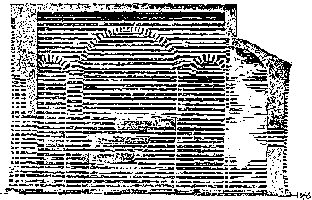
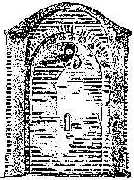
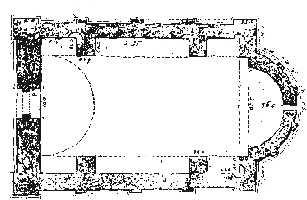
The Church of St. John near Orljane - according to M. Valtrović and D. Milutinović